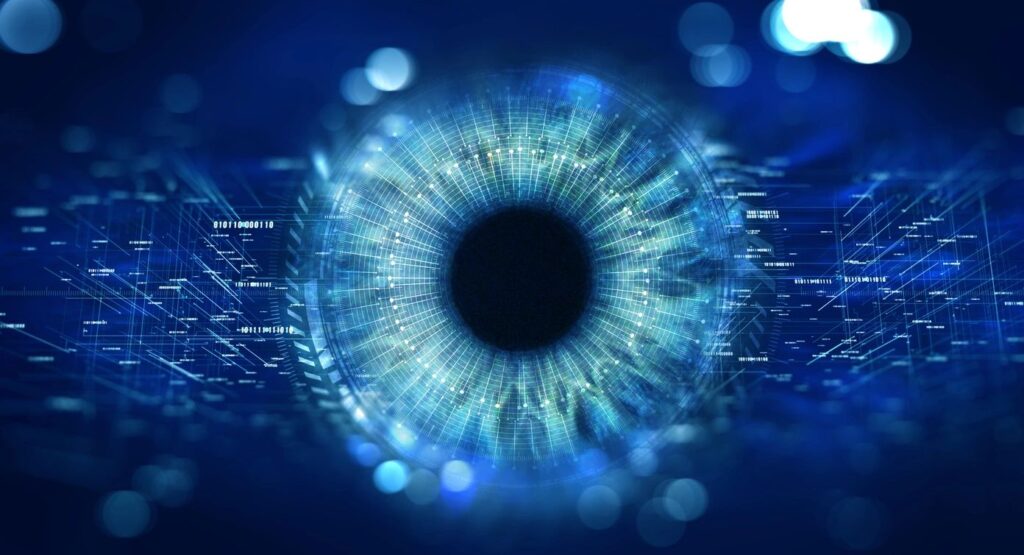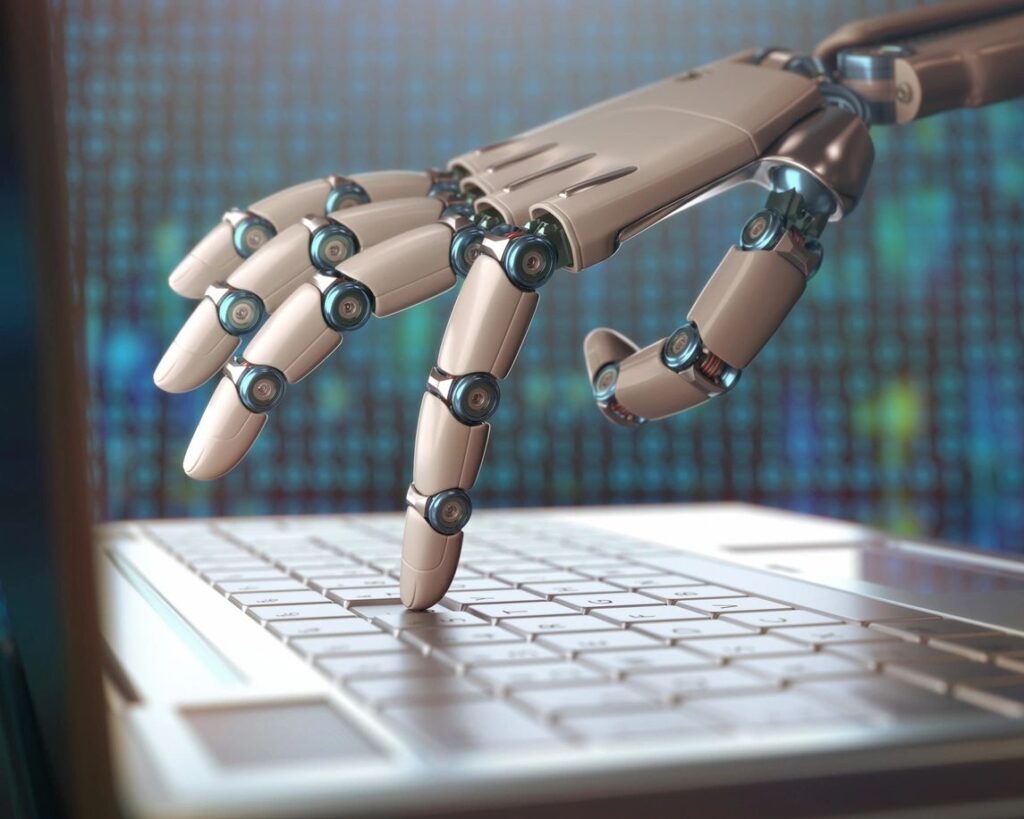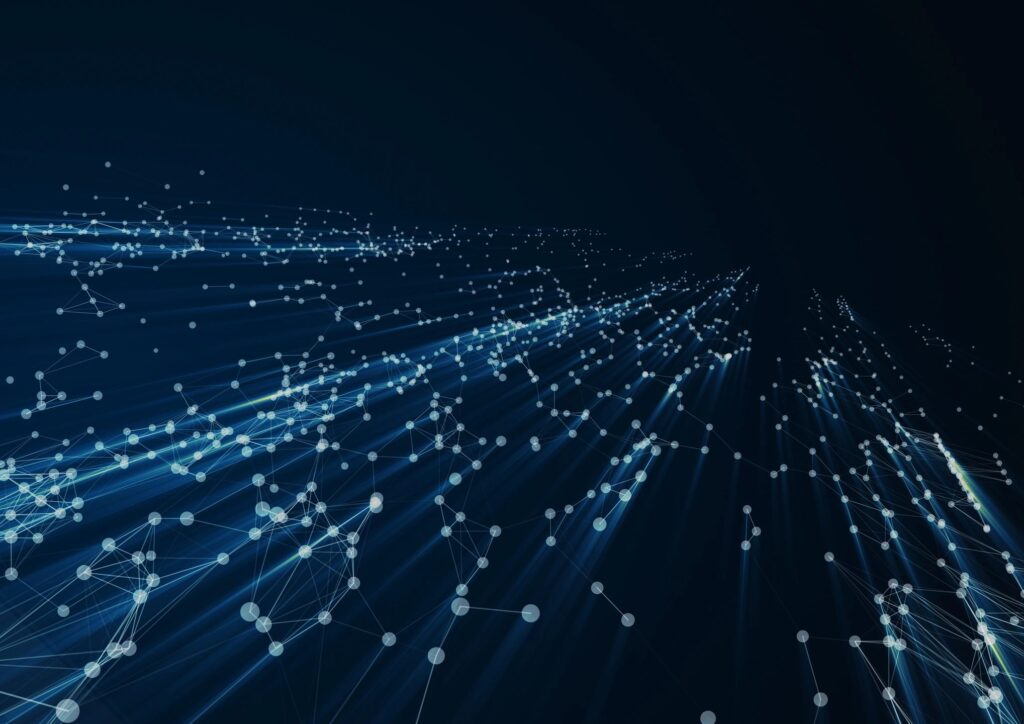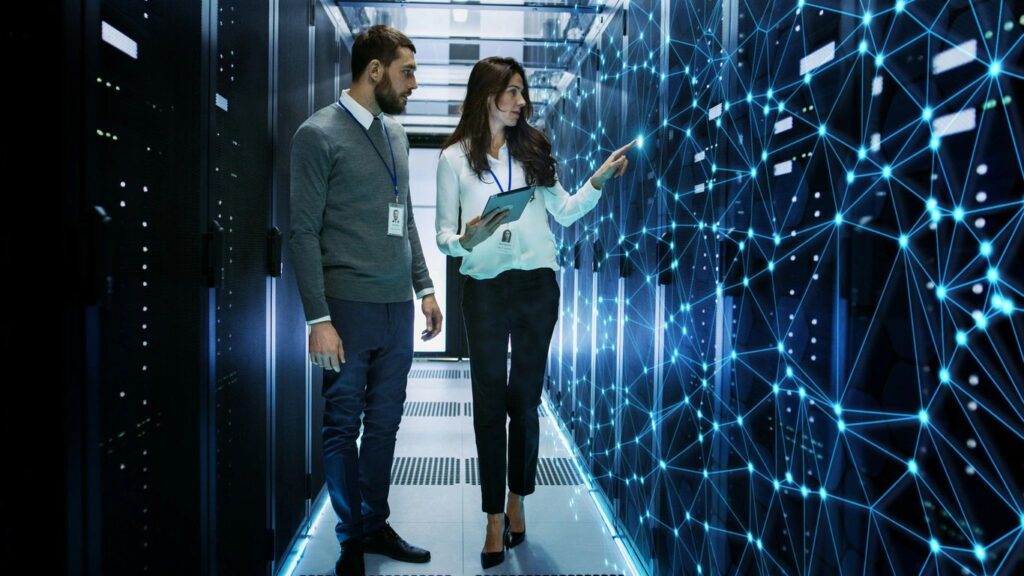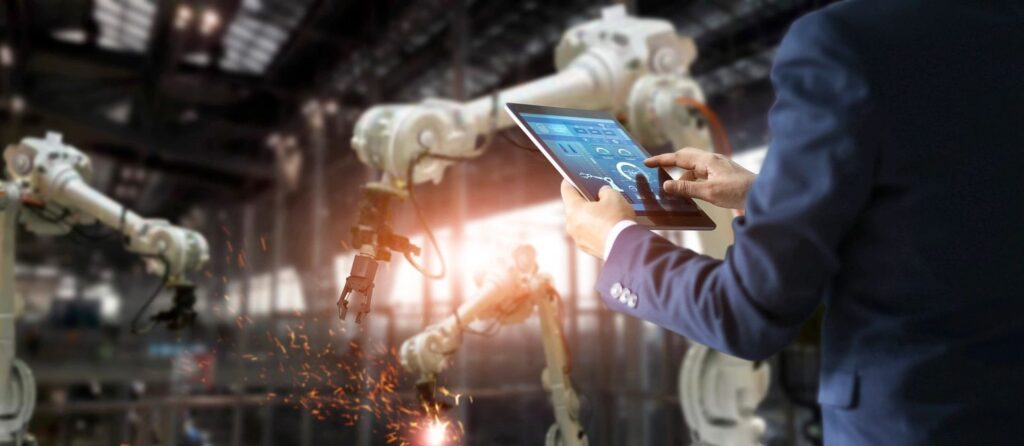Education is evolving at an unprecedented pace, thanks to the integration of artificial intelligence (AI). From personalized learning paths to data-driven insights, AI is transforming traditional classrooms into dynamic and adaptive learning environments. In this blog post, we’ll delve into the transformative role of AI in education and its potential to revolutionize the way we learn and teach.

Advantages of AI in Education:
- Personalized Learning: AI tailors learning experiences to individual student needs, helping learners progress at their own pace.
- Adaptive Assessments: AI-powered assessments adapt to students’ abilities, providing accurate insights into their strengths and areas for improvement.
- Enhanced Engagement: Gamification and interactive AI tools make learning engaging, fostering active participation and curiosity.
- Efficient Administrative Tasks: AI automates administrative tasks, allowing educators to focus on teaching and mentoring.
Applications of AI in Education:
- Intelligent Tutoring Systems: AI-powered tutoring
- systems provide students with personalized guidance, practice, and feedback, enhancing their understanding of complex subjects.
- Data-Driven Insights: AI analyzes student performance data to identify patterns and trends, enabling educators to tailor instruction and interventions.
- Language Processing Tools: AI assists language learners by offering real-time language correction and feedback.
- Virtual Classrooms: AI enables virtual classrooms with interactive simulations, virtual field trips, and collaborative online activities.
- Accessibility: AI tools can provide accommodations for students with disabilities, ensuring inclusivity in education.
- Automated Grading: AI automates grading tasks for assignments and assessments, saving educators time and reducing subjectivity.
- Embracing the Future of Education
- As AI continues to advance, its impact on education is becoming increasingly evident. By leveraging AI’s capabilities, educators can create personalized and engaging learning experiences that cater to diverse student needs. However, it’s essential to balance technological innovation with thoughtful implementation, addressing concerns about data privacy, security, and equity.
- The collaboration between AI and educators holds the potential to unlock new levels of educational excellence. By embracing AI’s transformative potential, education can evolve into a more adaptive, personalized, and effective experience for students worldwide. As we navigate this exciting era of AI in education, it’s crucial to remain mindful of the ethical considerations and ensure that technology serves as a tool to enhance learning and empower both students and educators.

